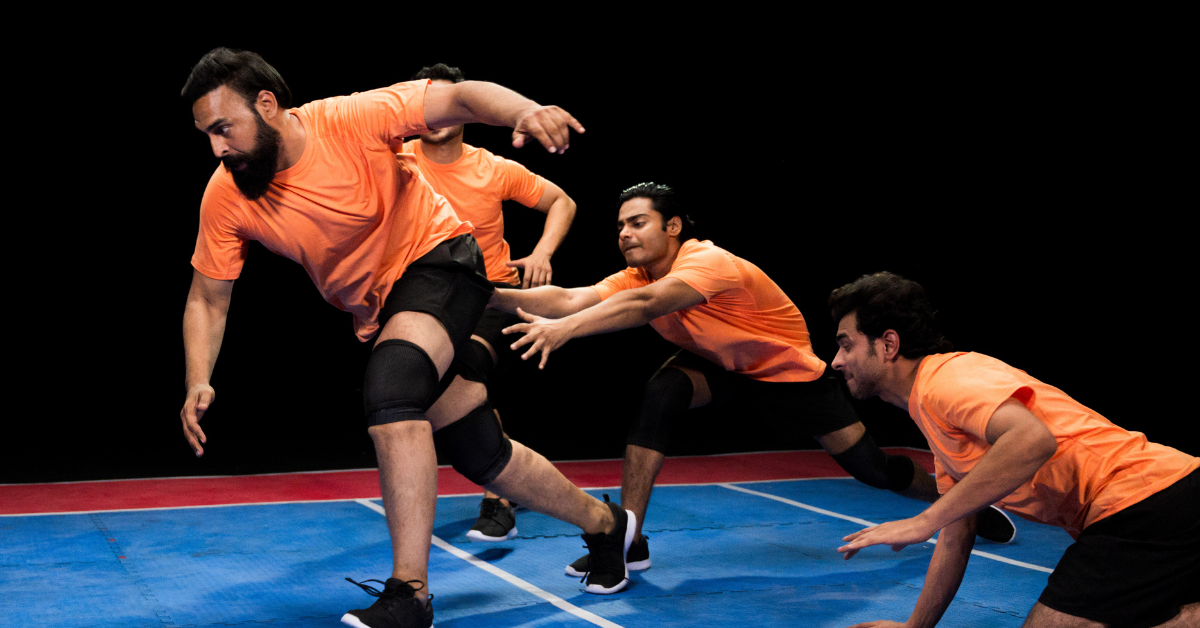Kabaddi, known as the national sport of India and Bangladesh, is gradually drawing attention in Japan. While it remains unfamiliar to most Japanese people, the sport’s unique rules, fast pace, and team-based strategy offer a fresh alternative to traditional and mainstream sports. With growing exposure through social media and university clubs, kabaddi is showing strong potential to become a recognized competitive sport in Japan.
- What Is Kabaddi? Origins and Rules of a Unique Sport
- History of Kabaddi’s Introduction and Growth in Japan
- Why Kabaddi Is Gaining Attention in Japan
- Japan’s Players and the Current Competitive Landscape
- Kabaddi Events and Community Engagement in Japan
- Challenges and Opportunities for Kabaddi’s Growth in Japan
- Kabaddi’s International Standing and Japan’s Role
- Conclusion
What Is Kabaddi? Origins and Rules of a Unique Sport
Kabaddi is a 7-on-7 team sport. The attacking player chants “Kabaddi” while tagging defenders and returning to their side of the court to score points. They must keep chanting to prove they haven’t taken a breath, adding tension and strategy to the match. Defenders aim to stop the raider, which requires agility, strength, and teamwork.
Here’s a breakdown of kabaddi’s core rules:
| Category | Details |
|---|---|
| Team Setup | 7 players per team |
| Attack | Raider tags opponents and returns |
| Defense | Defenders stop the raider’s return |
| Breathing Rule | Must keep chanting “Kabaddi” |
| Scoring | Points based on number of tags |
The lack of required equipment and straightforward gameplay make it highly suitable for school physical education classes.
History of Kabaddi’s Introduction and Growth in Japan
Kabaddi was introduced in Japan in the late 1980s. The Japan Kabaddi Association, founded in 1989, has since led the sport’s promotion. In 1990, the national team participated in its first international competition and has since continued to compete in events like the Asian Games.
Key milestones of the Japan Kabaddi Association:
| Year | Activity |
|---|---|
| 1989 | Association established |
| 1990 | First international tournament |
| 2000s | National tournaments, coaching workshops |
| 2010s | School and city-led kabaddi experiences |
| Today | Domestic league development, training camps |
University students and working adults are among the core participants, with kabaddi now spreading even to regional areas.
Why Kabaddi Is Gaining Attention in Japan
Kabaddi’s rising recognition in Japan can be credited to media exposure, SNS content sharing, and the sport’s accessible format.
Key drivers of its popularity:
| Factor | Description |
|---|---|
| YouTube Content | Rule explanations and matches draw views |
| TV Coverage | Featured as a unique sport in variety shows |
| Social Media | Hashtags spread interest among youth |
| Education Adoption | Growing presence in PE and clubs |
Its simple rules and no-gear requirement position it as a “sport anyone can try”, contributing to its appeal.
Japan’s Players and the Current Competitive Landscape
Despite limited infrastructure, Japanese national team members have trained diligently to compete internationally. Many are university students or full-time workers who fund their participation, showing strong motivation.
Kabaddi player numbers in Japan:
| Year | Estimated Players |
|---|---|
| 2010 | ~100 |
| 2015 | ~250 |
| 2020 | ~400 |
| 2025 (forecast) | ~700 |
Regional sport clubs and schools may further boost these numbers. Female participation is also growing, highlighting the sport’s inclusivity.
Kabaddi Events and Community Engagement in Japan
Events across Japan promote kabaddi through community activities, allowing people of all ages to experience the sport. These initiatives are popular among both youth and seniors.
Common kabaddi event formats:
| Event | Target | Content |
|---|---|---|
| Kabaddi Clinics | Elementary Students | Rules + Practice |
| Sports Festivals | Public | Game viewing + trial sessions |
| University Matches | Students | Intercollegiate matches |
| Local Events | All Ages | Casual kabaddi for fitness |
The fact that multi-generational participation is possible enhances the sport’s local appeal.
Challenges and Opportunities for Kabaddi’s Growth in Japan
To establish itself, kabaddi must overcome several hurdles—but the opportunities outweigh the challenges.
| Challenge | Solution |
|---|---|
| Low Awareness | More school programs, media features |
| Lack of Facilities | Use existing gyms, support regular play |
| Few Coaches | Create certifications, online training |
| Retention Issues | Regional leagues to maintain engagement |
Currently, kabaddi is more active in major cities, but rural outreach is expanding, setting the stage for nationwide growth.
Kabaddi’s International Standing and Japan’s Role
Globally, kabaddi is popular in South Asia with pro leagues and tens of millions of players. Japan, although emerging, is respected for its discipline and growth.
How Japan is seen internationally:
| Evaluation | Details |
|---|---|
| Skills | Technical, disciplined play |
| Sportsmanship | Strong focus on fair play |
| Participation | Regular Asian Games contender |
| Potential | Young players with long-term promise |
Japan’s reputation for integrity and structure supports its rising global presence in kabaddi.
Conclusion
Kabaddi is a dynamic sport demanding physical ability, strategy, and teamwork. Though not yet mainstream in Japan, its popularity is steadily rising through schools, local events, and social media.
With support from education, local governments, and media, kabaddi can become a regular part of Japanese sports culture. Embracing sports like kabaddi also reflects Japan’s openness to global cultures. As kabaddi spreads, it’s poised to bring new energy and diversity to the Japanese athletic scene.






